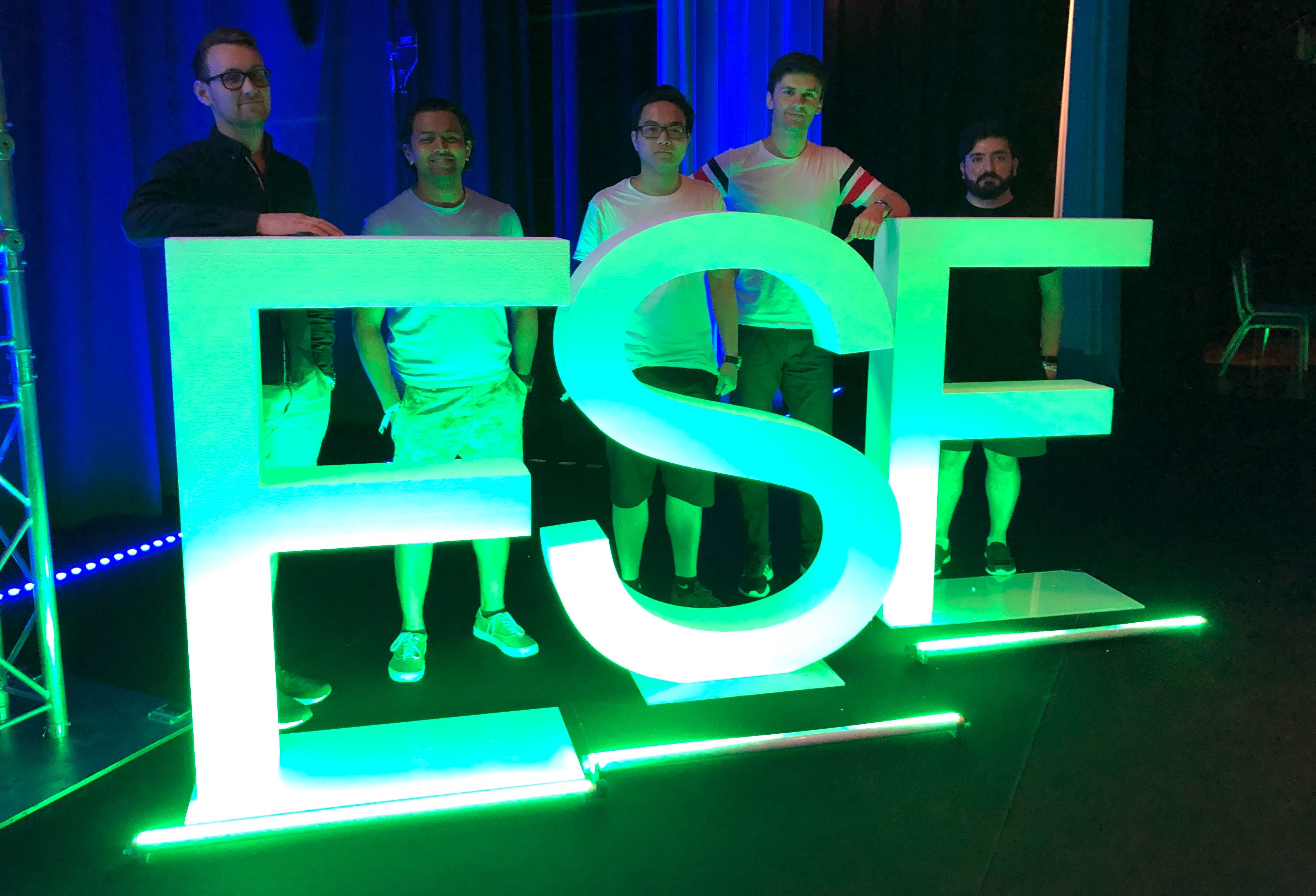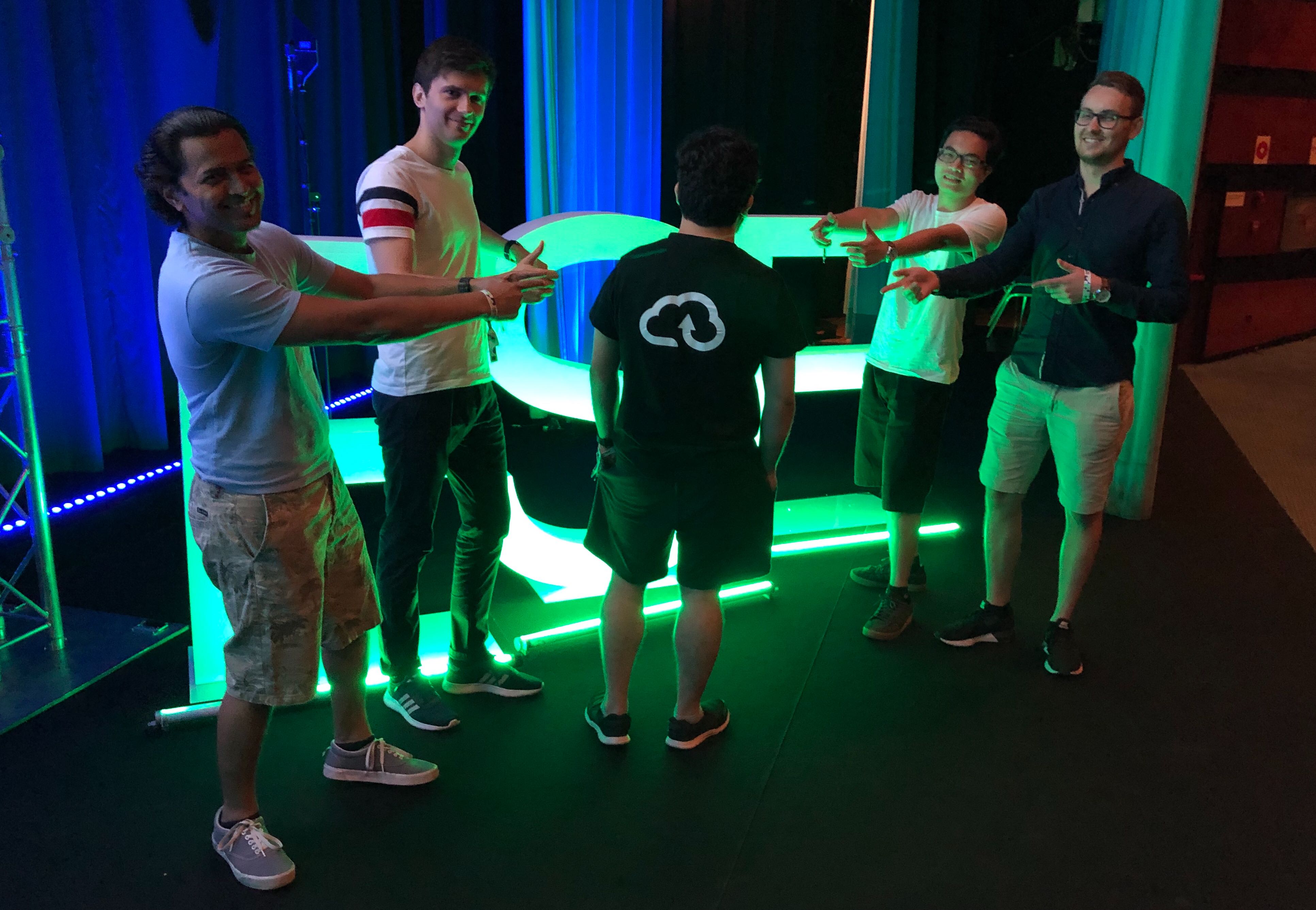
What We Learned at Full Stack Fest 2019

Full Stack Fest is a 3-day single track conference that focuses on the future of the web. This year, five Nordcloudians attended this event to gain knowledge about new trends, the best software development practices and get the energy and vibrance of the tech community in one of the most beautiful cities in the world - Barcelona. The topics of the conference ranged from GraphQL, WebAssembly, JAMStack to Automation Testing, Serverless and P2P web. There was a wide choice of different subjects so everyone was able to find something interesting and familiarize themselves with the technologies they had never had the opportunity to touch before. You can find the full list of the videos here. In this article, we will highlight the most interesting and intriguing topics from our point of view. Perhaps, this is not something that you can apply to your current project right now, but it definitely shapes the future of web development.
WebAssembly and Serverless
Two talks were dedicated to increasingly popular WebAssembly. Lin Clark presented WASI - WebAssembly system interface. Wasmtime allows to run wasm programs outside the web browsers and make them interact with the OS interfaces in a safe way. Currently, it’s possible to write projects for WASI in C/C++ and Rust. The project is under active development and not production-ready yet. But as Solomon Hykes, co-founder of Docker, said,
If WASM+WASI existed in 2008, we wouldn't have needed to create Docker. That's how important it is. WebAssembly on the server is the future of computing.
Evolving the idea of WebAssembly on the server, Steve Klabnik announced the services that already support serverless environments for wasm-files execution: CloudFlare and Fastly. WebAssembly claims to serve as an abstraction which allows users to run any program language with wasm-compiler in an environment that has WebAssembly runtime. An example of a use case would be to improve the performance of calculation-heavy applications including graphics and real-time streaming. At the moment, only strongly typed languages can be compiled into WebAssembly. But it’s not required for JS developers to know C/C++ or Rust to use all the power of this technology. A simpler option could be AssemblyScript that compiles TypeScript into WebAssembly.
The Future of Web Animation and CSS
In her talk, Sarah Drasner pointed out a next type of responsiveness which could be called 3D-responsiveness. It provides 3D in-browser experience that can be especially interesting for the VR-set owners. VR and 3D, in general, are becoming more and more popular in browsers thanks to the open-source projects such as Three.js and A-Frame. One other popular trend nowadays is a full page transition that is made possible by combining CSS3 and the JS libraries so they produce compelling visual effects.
One more exciting technology that was highlighted at the conference is CSS Houdini which is a new collection of browser APIsthat allow developers to access a browser’s CSS engine and create custom styles or implement polyfills for the CSS-features that are not yet supported by the browsers. But at the moment, Houdini is by itself still in an early stage of development and it is not supported by a majority of the browsers. CSS Houdini is probably not something that you will work with on a daily basis, but it certainly can be useful for library developers in the future.
And as a bonus, we would like to share a link to the amazing video that Sara Soueidan used in her presentation about Applied Accessibility. This video, in a gamified and very friendly manner, reminds us how important it is to think about the accessibility ofthe web applications:
We are sure you will find other interesting topics among all the other Full Stack Fest 2019 talks that were not highlighted in this post. Thanks for reading :)
Get in Touch.
Let’s discuss how we can help with your cloud journey. Our experts are standing by to talk about your migration, modernisation, development and skills challenges.
